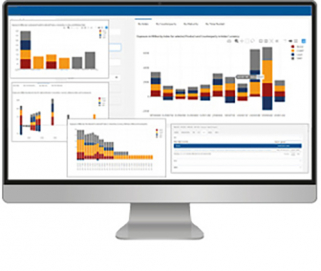Risk and regulation is at the top of the strategic agenda for financial services companies. In an interconnected and globalised world, organisations operate in a complex web of risks and have an obligation to keep up to date with an evolving regulatory environment. To maintain momentum and competitive advantage, businesses must identify and assess the impacts on processes and controls, data and systems.
A major regulatory shift is the move away from InterBank Offered Rates (IBORs) to new benchmarks. When the London Interbank Overnight Rate (LIBOR) is discontinued, the IBOR transition related loan products are likely to incur economically undesirable outcomes including legal, conduct and operational risk.
The transition process will have organisational and technical impacts for financial services companies, but delaying it is not an option as it can lead to damaging financial, customer and operational outcomes. At Mazars, we offer a variety of end-to-end solutions and bespoke services to help you manage the transition to risk-free-rate benchmarks. Using our proprietary Mazars IBOR Tool, clients can measure and monitor IBOR risk in their portfolio, and develop a structured and optimised transition strategy.
Drawing on our broad industry experience, our solution takes into account risk management and transition structure, valuation and model risk management, legal implication, processes and systems infrastructure, client communication and product governance, as well as financial and regulatory impacts.
Mazars IBOR tool
Our proprietary Mazars IBOR Tool measures and monitors IBOR risk in our clients’ portfolios, assisting them to develop structured and optimised strategy:
|
| - Screen Contracts to capture any relevant information to access the risks you are facing
- Perform Exposure Analysis (per asset class, currency and maturity)
- Perform Sensitivity Analysis on a change in benchmark rate and impact assessment
- Monitor New RFRs’ Liquidity
|





